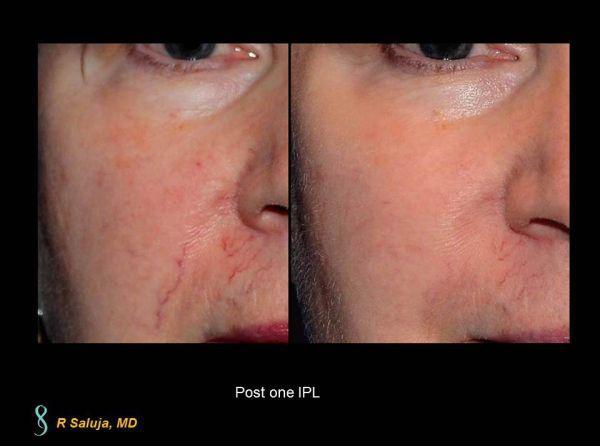

#Broken age knot solution professional
If there still seems to be some lingering tight spots after you try the at-home solutions, you may need to see a professional for some individualized hands-on work. I strongly encourage you to stretch and roll both of your legs as tight tissues on one leg can cause pain on the opposite side. In addition to stretching I’ve had success by utilizing foam rolling or work with a tennis ball to loosen up tight tissues and release any tightness in your hip muscles. Hold that for 30 seconds and repeat 5 times. Lean away from the painful leg until you feel a stretch along the side of the leg (position 2). Just cross your legs, keeping the affected leg in back (position 1). Stretching the IT band and the connected muscle is fairly simple. All of these tissues are connected, so even though the location of the pain is in the knee, the hips can very well be the area that need the most attention. Tight muscles in your hips or along the side of the leg can be a major contributing factor to IT band syndrome. Keep in mind that while overuse is usually one of the causes of IT band syndrome, there are usually other factors contributing to your pain, so some of the other interventions below may be necessary. If getting in shape or building up your endurance is your goal, try some cross-training while you slowly ramp up your mileage. Try changing your running route or getting away from the treadmill or track for a jog outside. Sometimes this can be as easy as avoiding repetition. After icing and resting for a few days, you may need to change up your training regimen. It’s kind of a misleading classification since there are usually other factors than overuse, but approaching IT band syndrome as an overuse injury is an important first step towards recovery. Technically, IT band syndrome is an overuse injury. One quick look at the anatomy below can help you realize that the cause of the pain can be anywhere from the hip to the knee, so getting to the root cause can be a little tricky, but here are some solutions to a few of the most common causes of IT band syndrome. It can be incredibly painful and is typically a frustratingly stubborn injury to deal with.

Most of the time, the inflammation manifests itself as pain on the outside of the knee. It affects a tissue that runs from the side of your hip all of the way down past your knee.

IT band syndrome is an overuse injury that is common in endurance athletes like runners and bikers. If that’s the case, you could have iliotibial band syndrome (ITBS) or IT band syndrome for short. Running season has arrived and a lot of you wanted to hit the ground running, but instead, you hit the ground hurting…hurting on the outside of your knee.


 0 kommentar(er)
0 kommentar(er)
